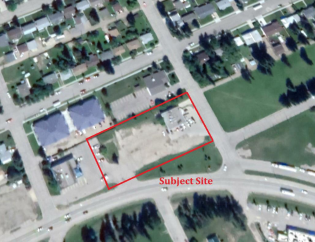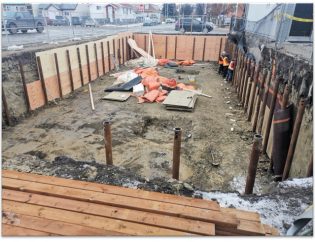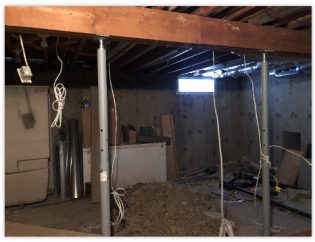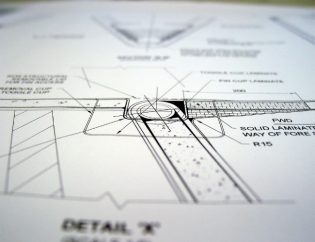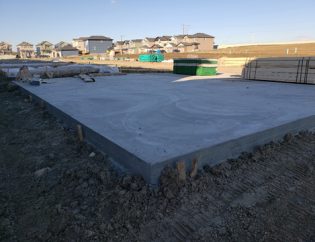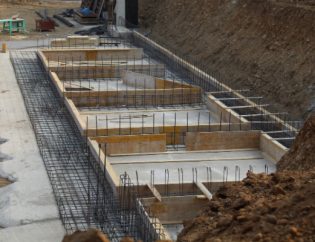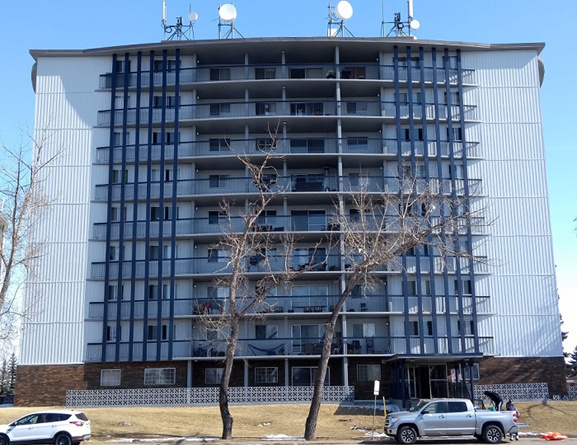
The Reserve Fund Study (RFS) Report is a comprehensive document usually prepared every five years, designed to provide an overall assessment of the common property and the Reserve Fund requirements of the Corporation.
For Reserve Fund Study, common properties as defined in Condominium Property Act are: roofing, exterior walls, windows, entrance doors and steps, balcony decks and rails, driveways, curbs, sidewalks, exterior parking areas, fencing, concrete piles/piers, window wells, storm water drainage, mechanical systems and electrical systems. The RFS is initiated with the review of the condominium plan, engineering and architectural designs, bylaws and other pertinent documents and consultation with the Property Manager and/or Board of Directors, to determine the common property components to be replaced or refurbished from the Reserve Fund.
These common property components are measured and/or quantified during site visits (i.e., quantity survey). This data is then used to calculate the current replacement cost for each component, with a similar product. In addition, general conditions of the various components are inspected during site visits along with the quantity survey. The conditions noted along with the inspector’s experience and technical resource materials referencing life cycles of building components are used in forecasting the remaining functional lives of the various components. Also during site inspections, any safety concerns such as Building/Fire Code or condominium by-law violations, and/or other anomalies if noted, are included in the Reserve Fund Studies for rectification.
Generally, it is the duty of the property manager/s to conduct regular inspections to ensure the continued efficient operation of the building systems and the most effective use of resources. An effective preventative maintenance program can increase the life spans of reserve components and hence should be considered in the reserve component estimates.
Reserve Fund Studies, therefore, not only helps Property Manager/Board of Directors for estimation and forecasting future expense, but also it helps them to identify safety concerns and prepare a plan to manage the funds and resources effectively.
